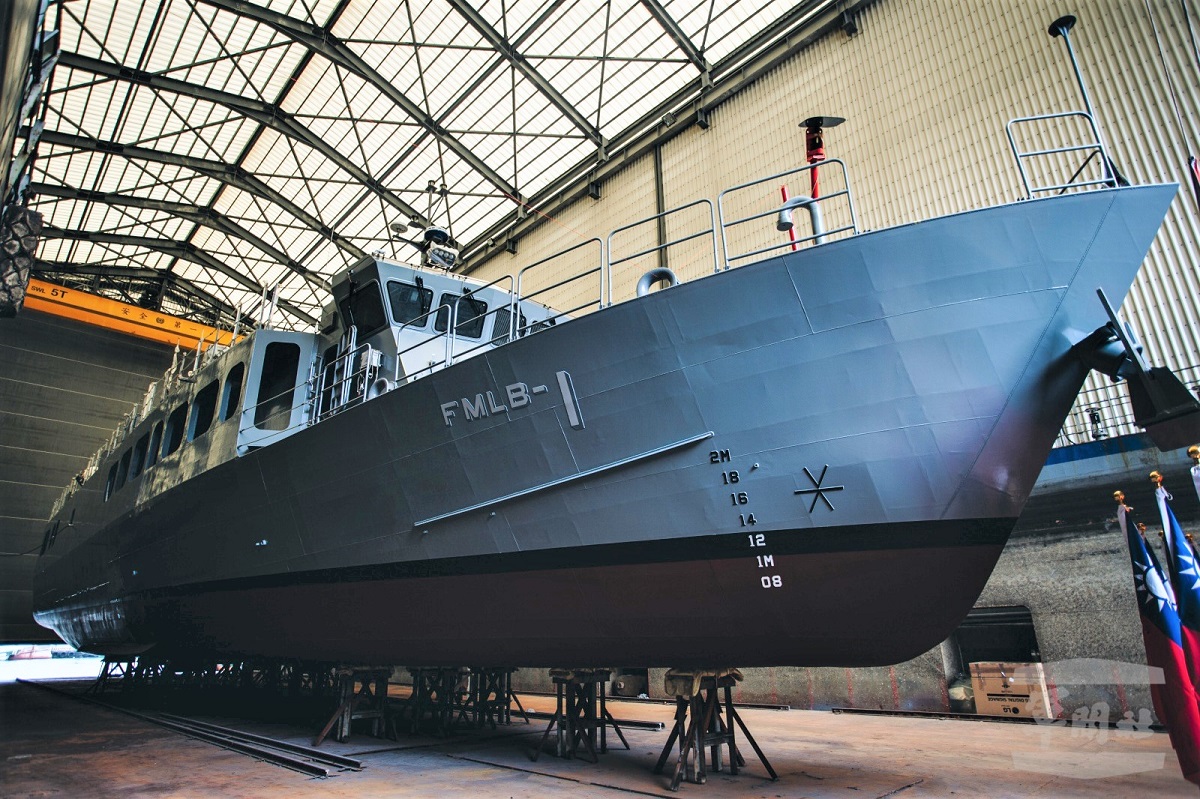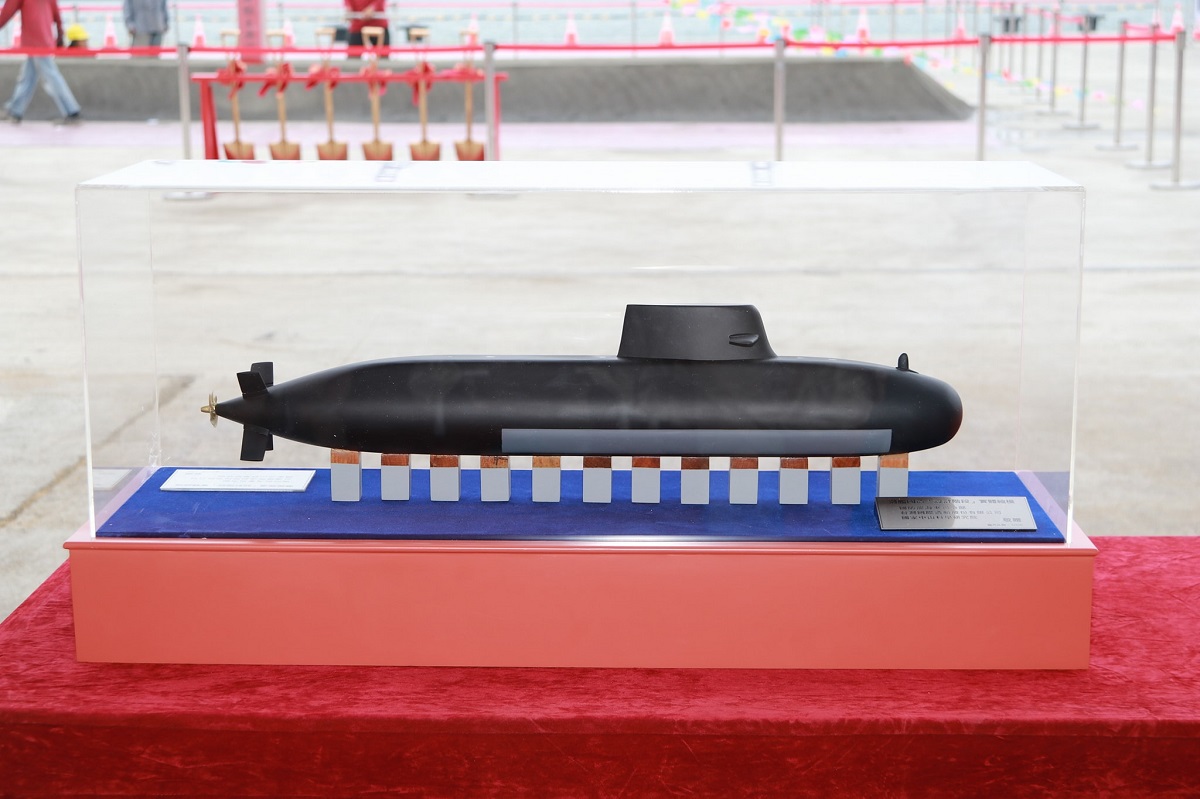In June 2018, two
Oliver Hazard Perry-class frigates the ex-
USS Taylor (FFG-50) and ex-
USS Gary (FFG-51), were handed over to Taiwan. The transfer cost was an estimated
US$177 million. The transfer of the ships includes the advanced AN/SQR-19 Multi-Function
Towed array sonar. Taiwan had previously been blocked from acquiring the AN/SQR-19, and the transfer of the system points to an anti-submarine focus in line with the
Knox-class frigates they will likely replace.
China Voices Fierce Opposition to US Arms Deal with Taiwan
In July 2018, it was reported that company from India and defense contractor from Japan have submitted design proposals for Indigenous Defense Submarine program alongside two companies from America and another two from Europe. As noted in my other prior posts, submarine capabilities are growing in importance due to the strong incentives by builders and equipment suppliers to ensure the proliferation of this under water capability in Asia. Submarine procurement in Asia is a long-term process, with multiple and diverse drivers, and does not necessarily indicate a particularly destabilizing or competitive trend. Across Asia, submarines feature prominently in the procurement plans of small, medium, and large navies. Yet, this is not happening in isolation; rather submarine programs are part of wider force modernization trend occurring across the region, where navies are replacing old and introducing new capabilities. China is, of course, leading the way in pursuing a broad spectrum modernization of its submarine force. It has introduced new nuclear powered and diesel electric classes, and while numerically its fleet has shrunk, assessments indicate significant qualitative improvements. While Beijing initially relied on Russian imports for its most advanced vessels, its indigenous shipbuilding industry is now fully capable of producing modern submarines. A US Department of Defense publication estimates that by 2020 this figure could increase to between 69 and 78 platforms.
Submarine Matters: Taiwan and Its FOREIGN Designed Submarine (Part 1)
Submarine Matters: What Taiwan's future submarines could be used for - Part 2.
In a ground breaking ceremony on 9 May 2019, it was announced that Taiwan’s eight new Indigenous Defense Submarines (IDS) will be built in a new facility in Kaohsiung harbour. Taiwan's Navy presently has four ageing submarines (and only two, the Zwaardvis-class purchased from the Netherlands in the 1980s are combat-ready).
In recent years there’s an evident uptick in relations between Taiwan and Japan, as seen in agreements reached in contentious issues concerning maritime sovereignty and jurisdiction - especially a fishery agreement in the East China Sea. Taipei also voiced support for both American and Japanese advocacy on the Indo-Pacific strategy. At a geo-strategic level, the Japanese and Taiwanese have the most to gain by working together, covertly.
Japan representative to Taiwan says bilateral ties at their 'best' - Reuters
The proposed IDS, many suspect, is designed with Japanese input from "retired" Japanese
KHI and MHI employees (and equipped with an American combat system and assisted by submarine integrator
Lockheed Martin. The IDS’s US built Harpoon missiles and Mark 48 torpedoes are standard components of the Lockheed Martin integration of weapons and systems) will displace around 2,500 tons and the first of which will be delivered by 2026. Instead of a traditional stern, it will have X-shaped diving planes and rudders, similar to the design of Japanese Soryu class submarines. Flank arrays appear on both sides of the model, are similar to a picture showcased a few years ago.
IMDEX Asia 2019: First Taiwanese submarine to be ready in 2026 - NWI - Naval Warfare - Shephard Media
After facing many challenges in recent years, Taiwan has finally obtained export permits for the key technologies needed to design its submarines. The major breakthrough was the US State Department granting licences to Taiwan in April 2018. The Trump administration will provide key equipment and technologies essential for a modern submarine. The programme will cost NT$49.3 billion (US$15.9 billion) and it will take about five years to build each vessel, with a production rate of about one, each year from 2026 onwards.



